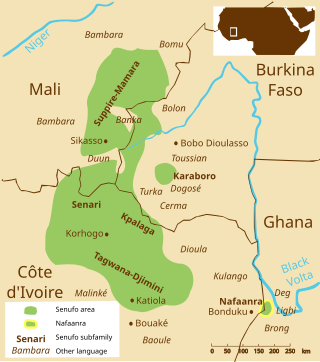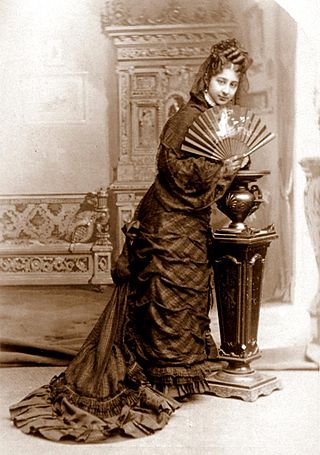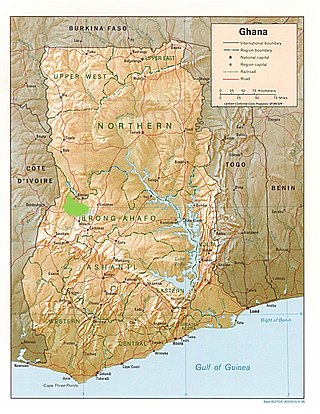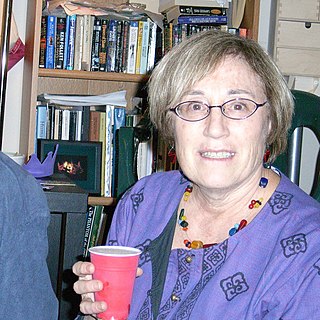Post-processual archaeology, which is sometimes alternately referred to as the interpretative archaeologies by its adherents, is a movement in archaeological theory that emphasizes the subjectivity of archaeological interpretations. Despite having a vague series of similarities, post-processualism consists of "very diverse strands of thought coalesced into a loose cluster of traditions". Within the post-processualist movement, a wide variety of theoretical viewpoints have been embraced, including structuralism and Neo-Marxism, as have a variety of different archaeological techniques, such as phenomenology.
Ian Richard Hodder is a British archaeologist and pioneer of postprocessualist theory in archaeology that first took root among his students and in his own work between 1980 and 1990. At this time he had such students as Henrietta Moore, Ajay Pratap, Nandini Rao, Mike Parker Pearson, Paul Lane, John Muke, Sheena Crawford, Nick Merriman, Michael Shanks and Christopher Tilley. As of 2002, he is Dunlevie Family Professor of Anthropology at Stanford University in the United States.

Dorothy Annie Elizabeth Garrod, CBE, FBA was an English archaeologist who specialised in the Palaeolithic period. She held the position of Disney Professor of Archaeology at the University of Cambridge from 1939 to 1952, and was the first woman to hold a chair at either Oxford or Cambridge.

The Nafana are a Senufo people living in the central north-west of Ghana and the north-east of Côte d'Ivoire, in the area east of Bondoukou. They number about 45, 000 and they speak Nafaanra, a Senufo language. They are surrounded by Gur speakers to the north, the isolated Mande speaking Ligbi people to the east, and the Akan speaking Abron to the south.

Zelia Maria Magdalena Nuttall was an American archaeologist and anthropologist specialised in pre-Aztec Mexican cultures and pre-Columbian manuscripts. She discovered two forgotten manuscripts of this type in private collections, one of them being the Codex Zouche-Nuttall. She was one of the first to identify and recognise artefacts dating back to the pre-Aztec period.

Kintampo complex is the period in prehistory that saw the transition to sedentism in West Africa, specifically in the Bono East region of Ghana and parts of eastern Côte d'Ivoire that began sometime between 2500-1400 BCE. Besides being a classic example of early forest dwellers in West Africa, Kintampo is significant because there is evidence of a drastic change in food production techniques due to the transition from nomadic hunter-gather lifestyles to life in stationary settlements. This change is known as sedentism and is typical of societies who have access to, or are developing systems of agriculture. Ceramic sculptures of humans and animals indicate that the Kintampo settlements were inhabited by practitioners of both pastoralism and horticulture.

Gertrude Caton Thompson, was an English archaeologist at a time when participation by women in the discipline was uncommon. Much of her archaeological work was conducted in Egypt. However, she also worked on expeditions in Zimbabwe, Malta, and South Arabia. Her notable contributions to the field of archaeology include creating a technique for excavating archaeological sites and information on Paleolithic to Predynastic civilizations in Zimbabwe and Egypt. Caton Thompson held many official positions in organizations such as the Prehistoric Society and the Royal Anthropological Institute.

Glynn Llywelyn Isaac was a South African archaeologist who specialised in the very early prehistory of Africa, and was one of twin sons born to botanists William Edwyn Isaac and Frances Margaret Leighton. He has been called the most influential Africanist of the last half century, and his papers on human movement and behavior are still cited in studies a quarter of a century later.
Bridget Allchin was an archaeologist who specialised in South Asian archaeology. She published many works, some co-authored with her husband, Raymond Allchin (1923–2010).

Archaeology or archeology is the study of human activity through the recovery and analysis of material culture. The archaeological record consists of artifacts, architecture, biofacts or ecofacts, sites, and cultural landscapes. Archaeology can be considered both a social science and a branch of the humanities. It is usually considered an independent academic discipline, but may also be classified as part of anthropology, history or geography.
Practice theory is a body of social theory within anthropology and sociology that explains society and culture as the result of structure and individual agency. Practice theory emerged in the late 20th century and was first outlined in the work of the French sociologist, Pierre Bourdieu.

Chief Charles Thurstan Shaw CBE FBA FSA was an English archaeologist, the first trained specialist to work in what was then British West Africa. He specialized in the ancient cultures of present-day Ghana and Nigeria. He helped establish academic institutions, including the Ghana National Museum and the archaeology department at the University of Ghana. He began working with the University of Ibadan in 1960, where he later founded and developed its archaeology department. He led this for more than 10 years before his retirement in 1974.

Timothy Insoll is a British archaeologist and Africanist and Islamic Studies scholar. Since 2016 he has been Al-Qasimi Professor of African and Islamic Archaeology at the University of Exeter. He is also founder and director of the Centre for Islamic Archaeology. Previously he was at the Department of Archaeology at the University of Manchester (1999–2016).
Harry Lourandos is an Australian archaeologist, adjunct professor in the Department of Anthropology, Archaeology and Sociology, School of Arts and Social Sciences at James Cook University, Cairns. He is a leading proponent of the theory that a period of hunter-gatherer intensification occurred between 3000 and 1000 BCE.

Banda District in Ghana plays an important role in the understanding of trade networks and the way they shaped the lives of people living in western Africa. Banda District is located in West Central Ghana, just south of the Black Volta River in a savanna woodland environment. This region has many connections to trans-Saharan trade, as well as Atlantic trade and British colonial and economic interests. The effects of these interactions can be seen archaeologically through the presence of exotic goods and export of local materials, production of pottery and metals, as well as changes in lifestyle and subsistence patterns. Pioneering archaeological research in this area was conducted by Ann Stahl.

Joan Margaret Gero was an American archaeologist and pioneer of feminist archaeology. Her research focused on gender and power issues in prehistory, particularly in the Andean regions of Argentina and Peru.
Adria Jean LaViolette is an American archaeologist at the University of Virginia. She is a specialist in Swahili archaeology and is the joint editor of The Swahili World.
Allison Scott MacEachern is Vice Chancellor for Academic Affairs and a professor of archaeology and anthropology at Duke Kunshan University. Before joining the faculty of Duke Kunshan University in 2018, he was a professor of Anthropology at Bowdoin College for 23 years, where he also served as Chair of the Department of Sociology and Anthropology. An expert on African archaeology, he is the former president of the Society of Africanist Archaeologists. He was educated at the University of Prince Edward Island, where he received his Bachelor of Arts with honors in anthropology, and at the University of Calgary, where he received his M.A. and Ph.D. in archaeology.
Susan McIntosh is an American anthropologist and archaeologist and has been the Herbert S. Autrey Professor of Anthropology at Rice University since 2012. She is known for her work at Djenné-Djenno and for her advocacy against looting of cultural artifacts.
Anne Haour is an anthropologically trained archaeologist, academic and Africanist scholar. She is Professor in the Arts and Archaeology of Africa at the Sainsbury Research Unit for the Arts of Africa, Oceania and the Americas at the University of East Anglia, Norwich, United Kingdom. In July 2021 she was elected Fellow of the British Academy in recognition of her outstanding contributions to the social sciences, humanities and arts.










